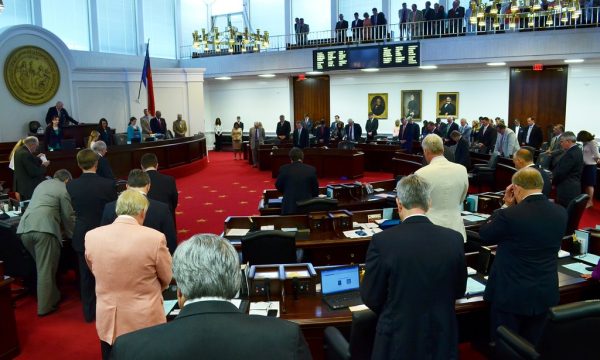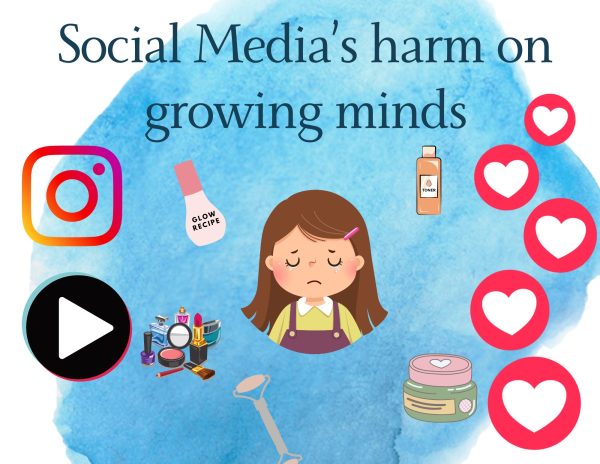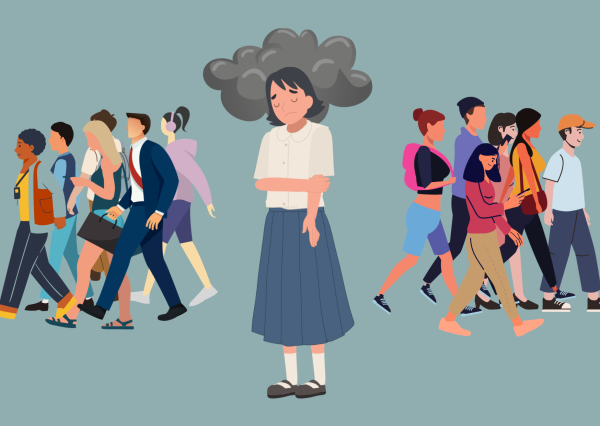Is it time to ditch the gender binary?
Though our society has traditionally embraced a strict system of two genders, we will be the generation to open our minds to the possibility of more.

More stories from Abby Lee
The gender binary, or the concept of there being only two genders, is a system that has defined and affected every one of us at one point or another. From the moment we are born, we are assigned as male or female, and that’s thought to be the end of the discussion.
It’s generally accepted and considered by many to be the only way of looking at the complex subject of gender identity and expression. However, now is the time to consider that this binary system is not as rigid as we’re led to believe.
Gender and sex are terms that are often incorrectly used interchangeably, but understanding the difference between these two terms is crucial in forming an opinion regarding the gender spectrum. When people argue that there are only two genders, oftentimes they’re referring to sex, or the categories assigned based on reproductive genitals only. The argument that there are only two genders comes from the concept of biological sex.
To a degree, this is correct, although this argument entirely excludes intersex people, those born with both male and female sex characteristics. Intersex people make up about 1.7% of the population, or about the same percentage of those born with red hair
According to Gender Spectrum, an organization aiming to form a “gender-inclusive world for all children and youth”, gender is comprised of body, identity, and expression. These three components come together to create an identity that is unique to every individual, and spreads across a wide gender spectrum. Everyone we meet may have a different definition and means of expressing their gender, whether they are comfortable with their sex assigned at birth or not.
Nonbinary genders, or genders that exist out of the dichotomous male-female system, are becoming more prevalent in our society. While some may argue that this prevalence is due to the idea that genderqueer is just one of many up and coming trends teens use to gain notoriety, I believe that this new wave of nonbinary genders isn’t new at all.
In Southeast Asia, a large society of gender-nonconforming people called hijras have existed for centuries, and are featured in ancient Hindu documents. India even legally recognizes hijras as a third gender that exists as neither male nor female.
Il Femminiello, a painting dating back to Italy in the 18th century, depicts an example of a third gender from Italian culture.
Communities similar to these are far from new, and they’re not going away anytime soon. The time has come to open up to the possibility of gender existing outside of two rigid lines. In truth, it extends much further, and cannot be contained so easily. It will become impossible to preserve ignorance towards what is becoming prevalent in mainstream culture today.
Now more than ever, we have the capacity to be exposed to ideas that are exciting and unfamiliar to us. The problem arises when some confuse ‘unfamiliar’ with ‘incorrect’ and refuse to acknowledge what exists outside their comfort zone. If we bridge the gap and educate ourselves, there’s a chance that people who exist outside a clearly defined binary might become more accepted by society.












